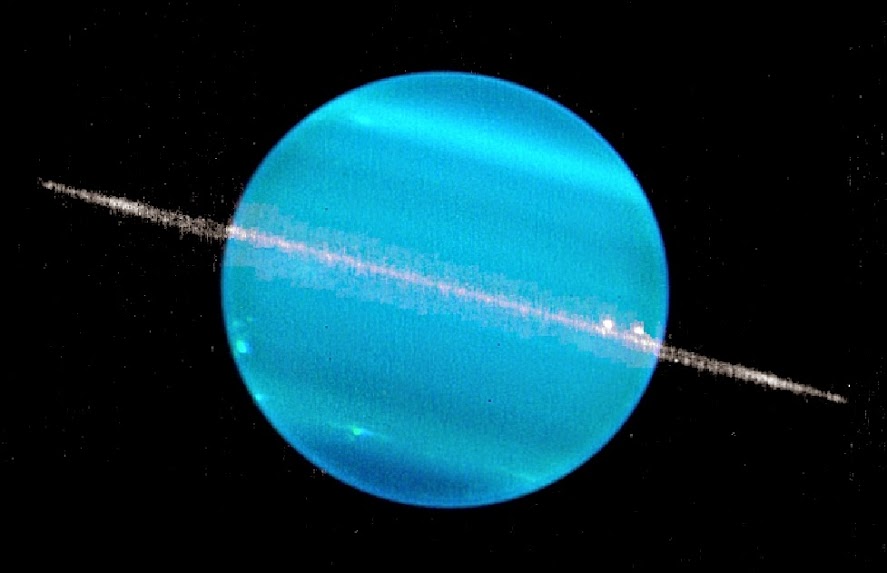B13: Our Solar System: Uranus Traditional Geocache
B13: Our Solar System: Uranus
-
Difficulty:
-

-
Terrain:
-

Size:  (small)
(small)
Please note Use of geocaching.com services is subject to the terms and conditions
in our disclaimer.
This cache is one of 14 caches in a series, 13 traditional caches and one puzzle cache. 10 of the caches in the series have numbers under the lids that will be used to find the FINAL cache. The 10 numbers have been randomly distributed within the 13 caches.
The theme for the 2013 BLITZ is Go BIG!
I decided to hide some caches along the Bridal Falls Forest Service Road. This road offers a BIG hike (if you choose to hike it), a BIG view of the Fraser Valley, and now some caches dedicated to one of the biggest things I could think of, our solar system.
You will most likely need a 4x4 vehicle if you plan to drive to the caches in this series.

Uranus is the seventh planet from the Sun. It has the third-largest planetary radius and fourth-largest planetary mass in the Solar System. Uranus is similar in composition to Neptune, and both are of different chemical composition than the larger gas giants Jupiter and Saturn. For this reason, astronomers sometimes place them in a separate category called "ice giants". Uranus's atmosphere, although similar to Jupiter's and Saturn's in its primary composition of hydrogen and helium, contains more "ices" such as water, ammonia, and methane, along with traces of hydrocarbons. It is the coldest planetary atmosphere in the Solar System, with a minimum temperature of −224 °C. It has a complex, layered cloud structure, with water thought to make up the lowest clouds, and methane thought to make up the uppermost layer of clouds. In contrast, the interior of Uranus is mainly composed of ices and rock.
Like the other gas giants, Uranus has a ring system, a magnetosphere, and numerous moons. The Uranian system has a unique configuration among the planets because its axis of rotation is tilted sideways, nearly into the plane of its revolution about the Sun. Its north and south poles therefore lie where most other planets have their equators. In 1986, images from Voyager 2 showed Uranus as a virtually featureless planet in visible light without the cloud bands or storms associated with the other giants. Terrestrial observers have seen signs of seasonal change and increased weather activity in recent years as Uranus approached its equinox. The wind speeds on Uranus can reach 900 km/h.
Information provided by wikipedia.
I hope you enjoy looking for this geocache.
FV

Additional Hints
(Decrypt)
onfr bs 4